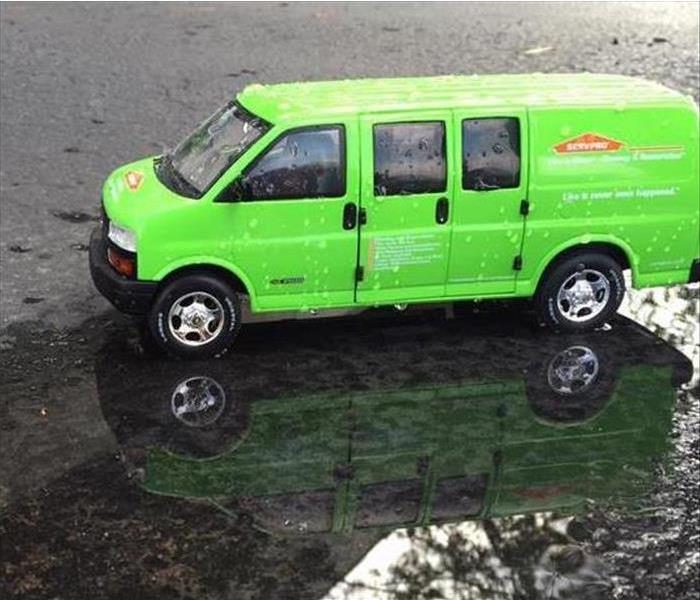Clear Lake Home Health: Step-By-Step Guide to DIY Flood Cleanup
12/7/2018 (Permalink)
The recent floods in the Houston metropolitan area have devastated countless homes and businesses throughout our community. SERVPRO of Clear Lake stands at the ready to assist you throughout the flood cleanup process, from water extraction to restoration. However, if you prefer to do the cleanup yourself, use these steps.
1. Make Sure Property is Safe to Enter. Appliances in standing water can present dangerous electrical hazards. Check with your local authorities or utility companies to ensure that electricity and gas have been shut off.
2. Wear Protective Clothing. Floodwaters carry sharp debris, sewage, bacteria, chemicals, and even wildlife. It is important to don sturdy work boots, long-sleeved shirts, heavy jeans, rubber gloves, and protective eyewear.
3. Document the Damage. When it is safe to enter the property and you are wearing protective clothing, take photos and video of each room to document the damage.
4. Call Your Insurance Company. When widespread natural disaster strikes, insurance companies often deploy extra team members to assist with the claim process. The sooner you call, the better.
5. Open Windows. To speed-up the drying process and improve the air quality in your home, open all the windows and doors in the home, weather permitting.
6. Extract Standing Water. With a wet/dry vacuum, extract as much standing water as possible from your home. If power is still off, use a generator to provide power to the vacuum.
7. Remove Furnishings and Appliances. Once the water is extracted, remove all furniture and appliances from your home. Homeowners in Clear Lake with water damage should place items outside to allow greater airflow within the home.
8. Remove and Secure Personal Items for Restoration. Move all personal items including photographs, jewelry, important papers, and other keepsakes to a dry, safe space. Your local Clear Lake SERVPRO team can restore flood damaged photos and other valuables. Call us for more information.
9. Setup Strong Fans. The sooner you can deploy fans to help dry your home, the better chance you have to prevent mold growth. In the Clear Lake area, mold starts to develop in as little as 48 hours of the water damage.
10. Cut Drywall. Drywall that has been saturated by floodwaters must be removed. Use a reciprocating saw to cut 6 inches above the water line being careful to avoid the electrical wiring and pipes that could be behind the wall. Remove any insulation, and dispose of it along with the damaged drywall.
11. Remove Carpet. Since flood waters can carry potentially hazardous chemicals and bacteria, the carpet and padding must be removed. Cut carpet into strips, 3 feet wide, and roll up for disposal.
12. Disinfect Hard Surfaces. Using a combination of bleach and warm water, scrub every surface in the home. This includes all floors, countertops, cabinetry, and remaining walls.
13. Apply Mold Inhibitors. Since mold develops so quickly in our area, it is important to treat all areas additionally with a mold inhibitor. While this does not guarantee complete mold growth prevention, it can be an effective deterrent.
14.Begin Reconstruction. Before beginning the restoration process, it is essential that your home has been thoroughly disinfected and dried. Use industrial fans and dehumidifiers for several days to allow humidity levels to fall. Remember, any electrical wires and outlets that were subjected to standing water will need to be replaced. Call a licensed electrician to complete this step.
When electrical work is complete, replace insulation and drywall. Follow with texture, prime and paint. This is also the time to replace carpet and wood floors that were damaged in the flood. The reconstruction process can take weeks, or months, depending on the amount of time you have to devote to it.
Be mindful that the longer water stands in your home, the more extensive the damage will be. Start the cleanup process as soon as it is safe to do so. If at any time you become overwhelmed, give us a call; we are happy to help you quickly get your home back to pre-flood condition.

 24/7 Emergency Service
24/7 Emergency Service
